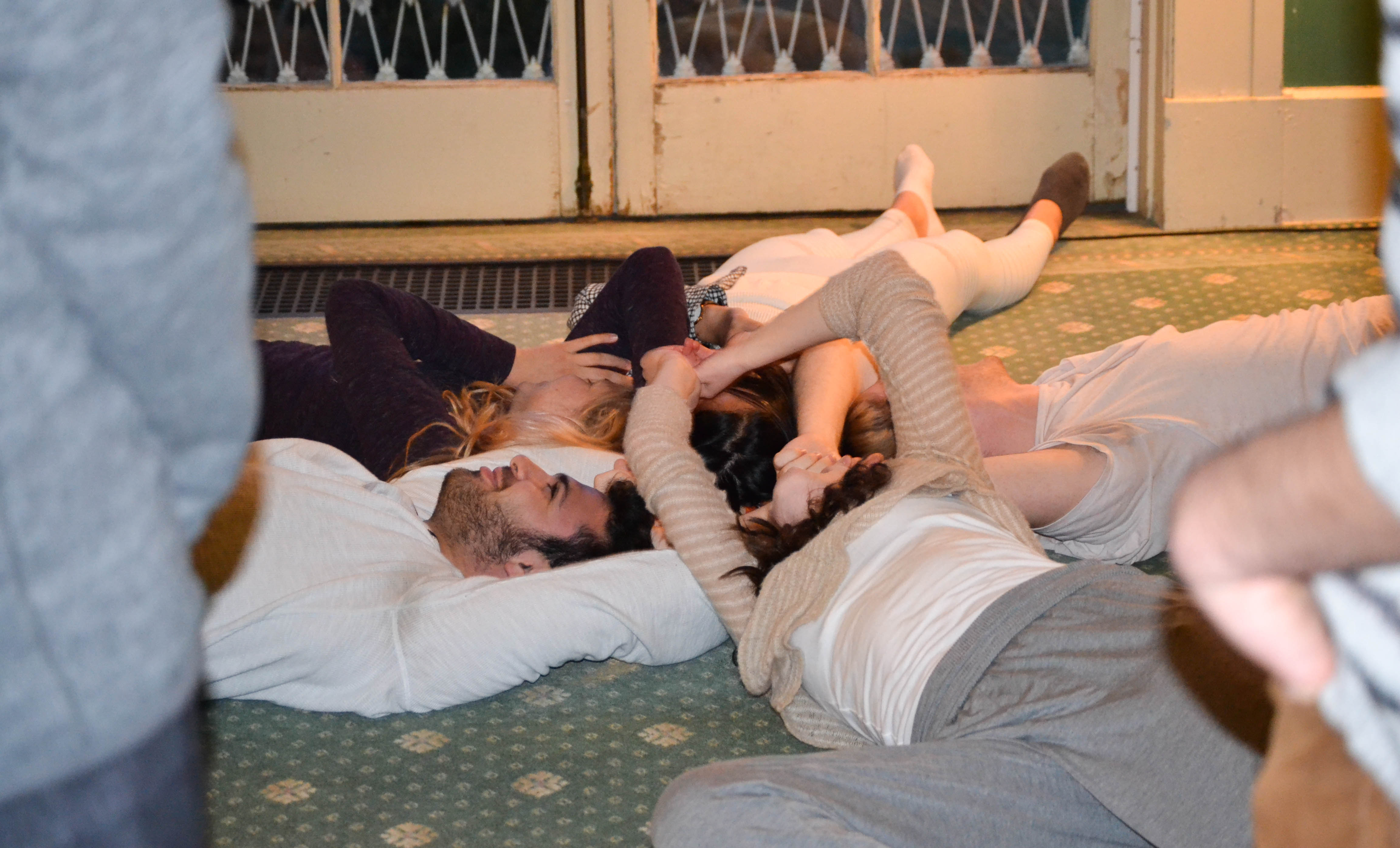
How does leaving a space change our perception of it? How do we relate to our surroundings? What makes a place home? These are some of the questions addressed in “The Home Project,” an immersive performance that took place this past week. The show, created as a senior project by Henry Lombino, uses a combination of poetry and dance to address the relationship between personal memory and physical space.
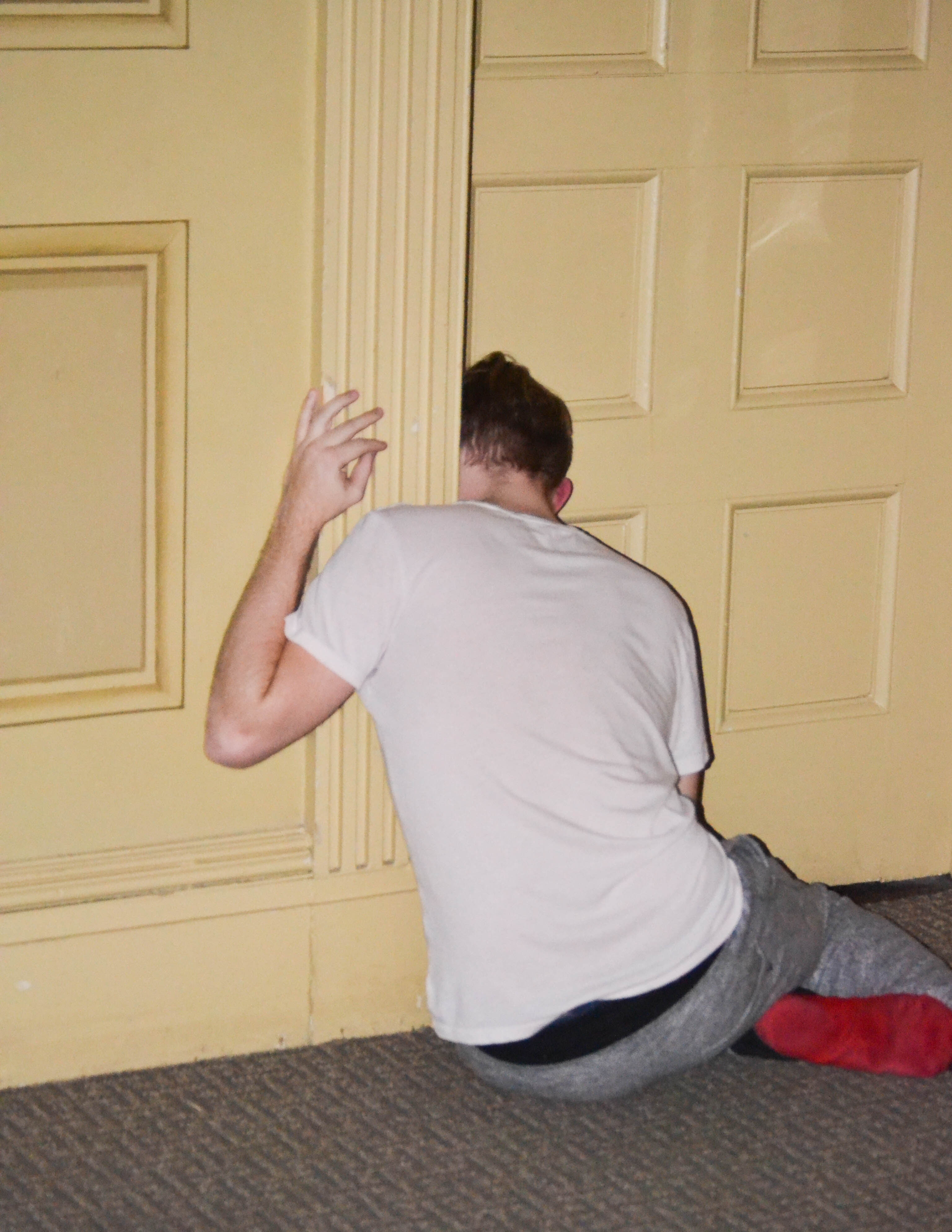
“I have wanted to create a narrative dance piece since I got to Wesleyan,” Lombino told The Argus, discussing the events that inspired the creation of his show. “My problem was that I didn’t have a story I wanted to tell. Then, last semester I was in Intermediate Poetry Workshop with Danielle Vogel. I begin writing a lot of poems about home, and my conflicting feelings about leaving and coming back home. Each time I come back to the house I grew up in, supposedly a constant in my life, the space changes ever so slightly without me, creating the feeling of a place that is both incredibly familiar and yet still somewhat foreign…. At the end of her classes, Professor Vogel always has her students create handmade books of their work. I immediately knew that I wanted to turn this project into an immersive performance piece.”
Upon walking through the foyer and into the performance space, viewers are greeted by a group of dancers sitting on the main staircase, who soon spread out throughout the rooms of the house. Audience members are free to wander throughout the building, following the path of a specific dancer or exploring rooms at random. “The Home Project” takes place in Russell House, which was built in 1828 for local businessman Samuel Russell and is now home to the University’s philosophy department. This setting is a vital part of the show, as the use of an actual house gives the performance a sense of authenticity.
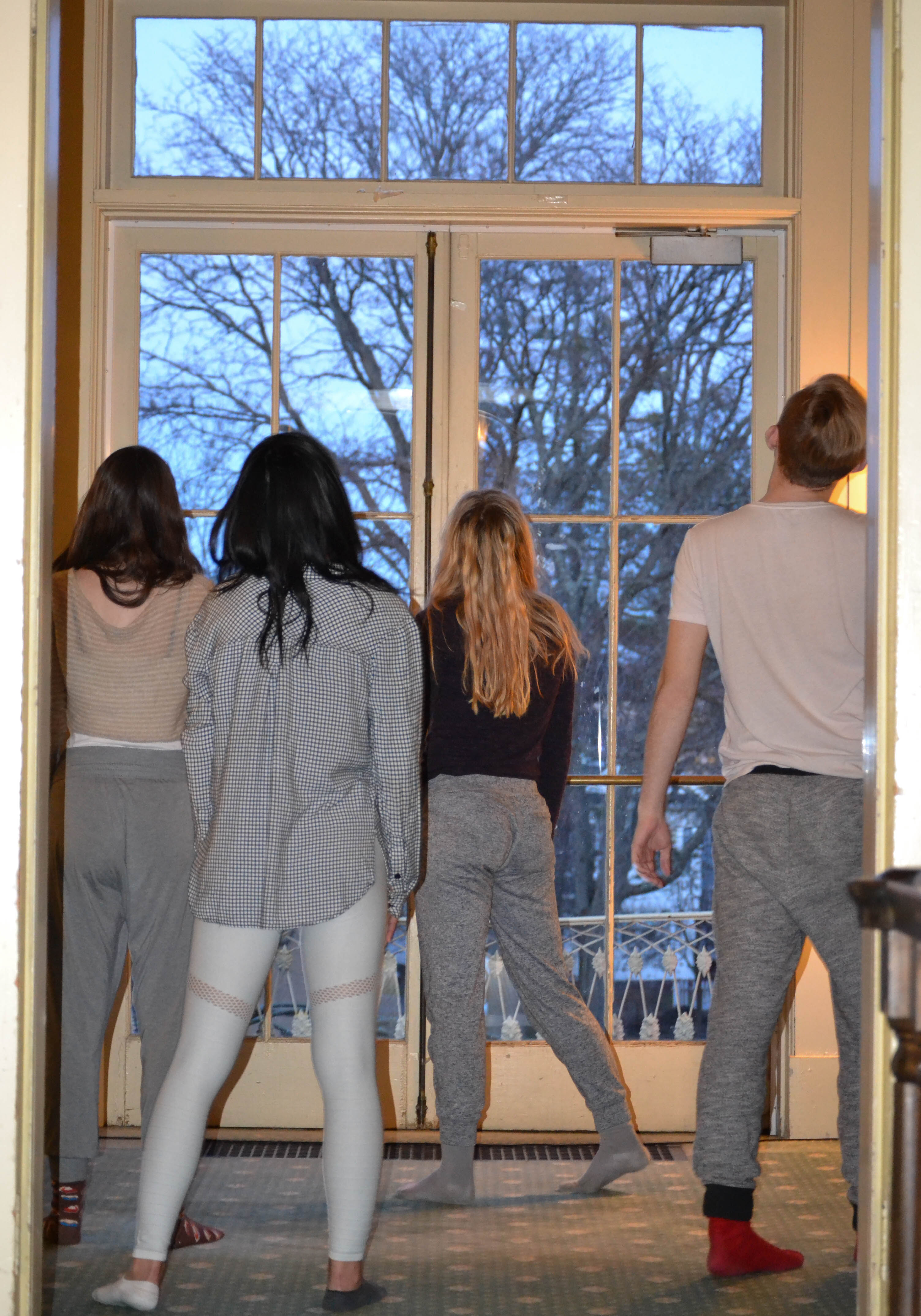
“I knew that if we were going to do this show right, we would have to do it in Russell House.” Lombino said. “Nearly every other building on campus is laid out like, well, an academic business building…. There is little to no intimacy within their rooms. By contrast, Russell House was built as a house…. Most importantly, the rooms have multiple exits and exits, meaning that they can explored as a loop, putting an audience member back in a familiar place without forcing them to backtrack through the same rooms again and again…. The house truly is an actor in the performance.”
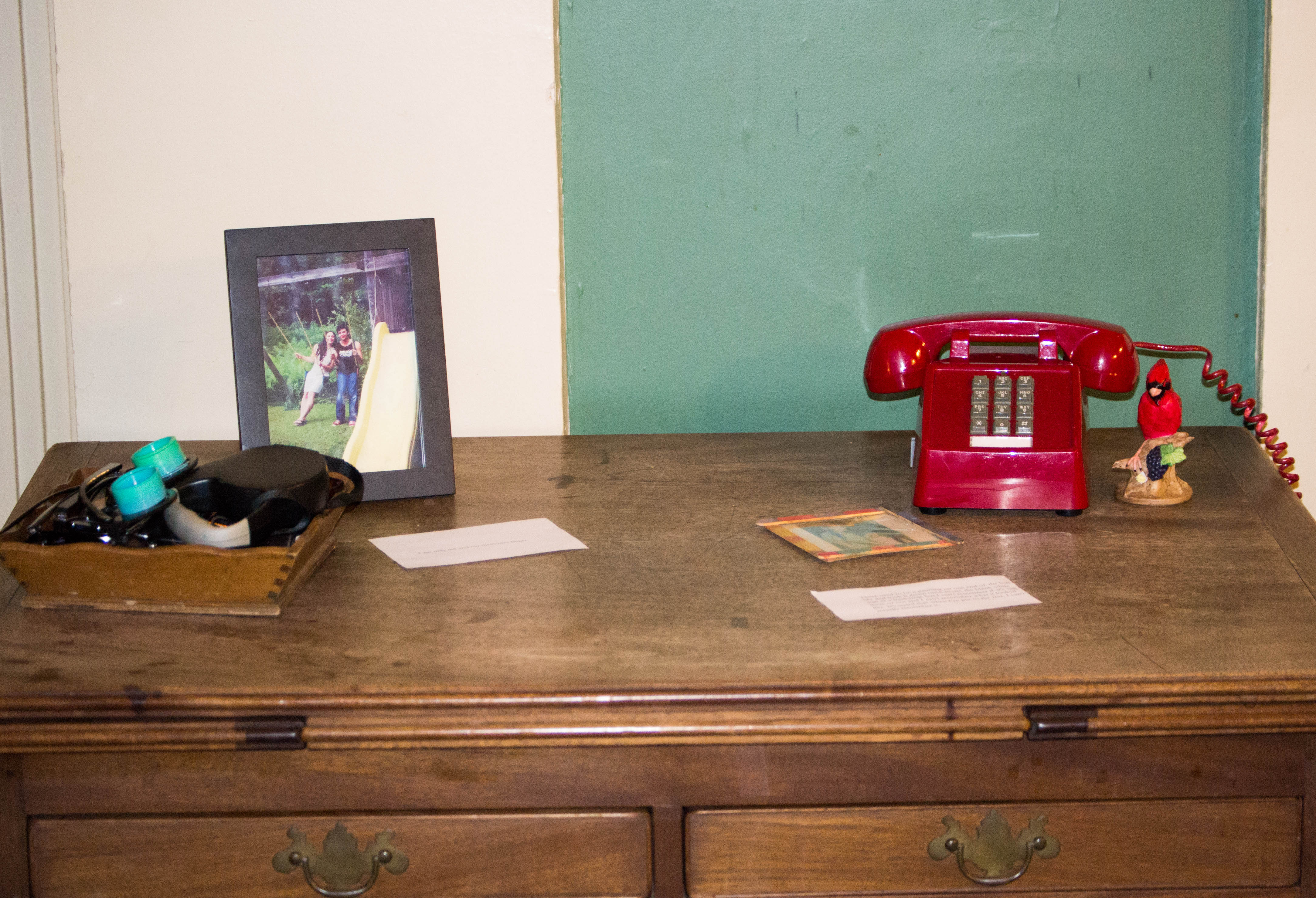
Lombino takes full advantage of Russell House, filling each room with furniture, photographs, and other props that give the space a lived-in feel. A dining room contains laminated placemats adorned with the colorful, shaky artwork of a young child. A bedroom holds a pile of stuffed animals and, in a box at the foot of the bed, two letters written between a pair of friends. Various framed family photos are scattered throughout the house. These objects give the house a naturalistic feeling and offer a vivid yet fragmented look at the lives that might have occurred there. There are also poems scattered throughout the house—some easy to spot and some tucked out of sight. The poetry—which ranges from a few words to full paragraphs and from prosaic to abstract—form a mosaic of past memories and personal emotions, all relating to the idea of home.
As the viewers explore the house, the show’s dancers move through it as well, performing choreography based on their own experiences and occasionally interacting directly with viewers. This choreography is one of the most compelling parts of the show, adding an active storytelling component that helps make the house come alive.
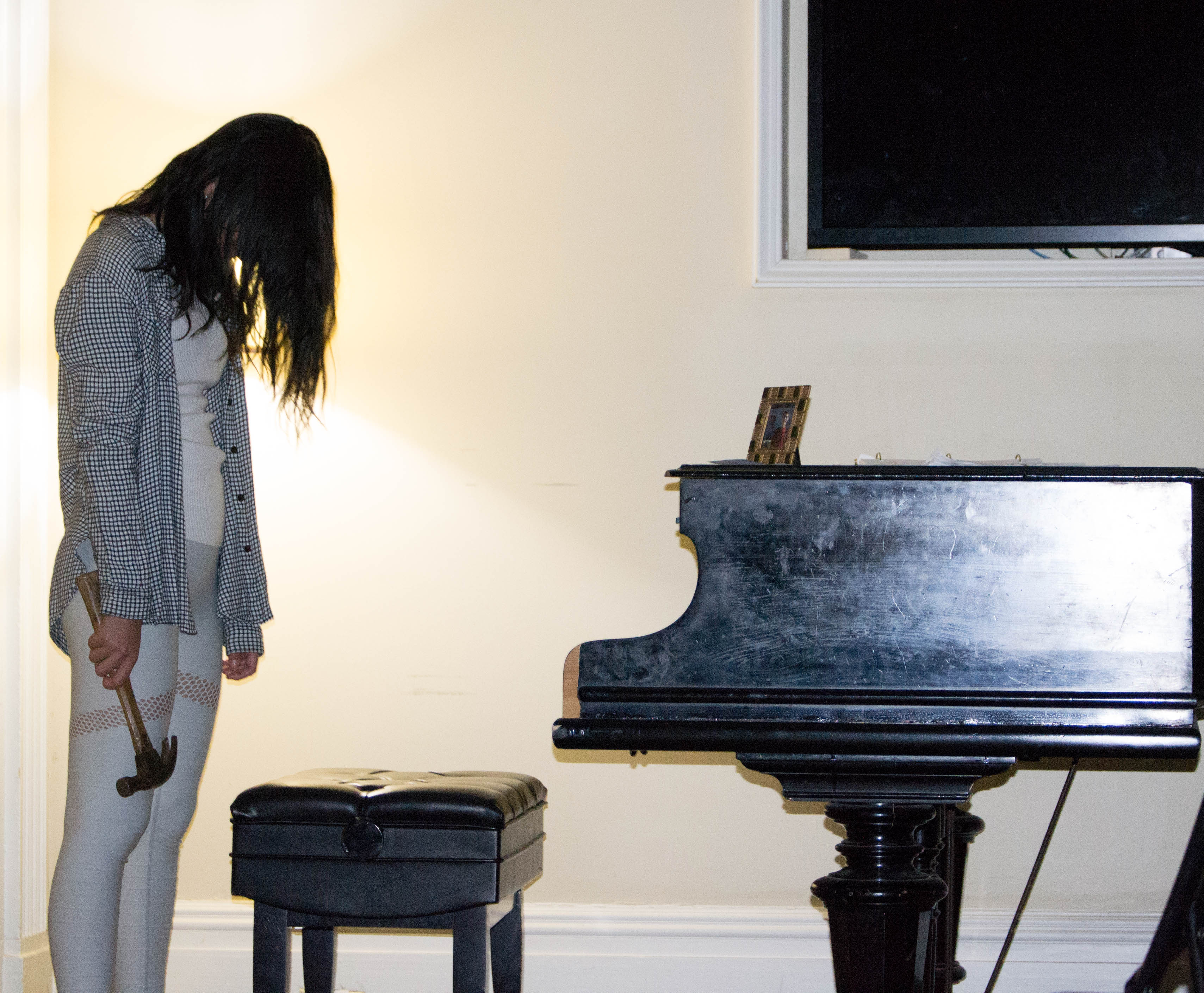
“I believe poetry and dance are very similar art forms.” Lombino said of the relationship between the writing and choreography in his show. “Poetry seeks to express meaning through an infinite combination of different words and phrases…. The same is true in dance, except instead of having an infinite number of possible words to choose from, a choreographer has an infinite number of body movements, everything ranging from a pas de bourrée to wiggling one’s pinky finger.”
Lombino also discussed his experience collaborating with the dancers, explaining the process they went through while putting the show together.
“For the project, I had my performers keep journals to record their thoughts in,” he said. “In the early rehearsals…we did exercises where we listed all our positive associations with home, all our hidden associations, and all our negative associations. From these exercises, I had each dancer pick out a few key words from each of their lists, and create solos based on those positive, hidden, and negative memories…I also choreographed a couple pieces based on some of my own memories of home…. For the most part, however, I wanted the dancers to create their own movements based on their own memories. These are their memories, and I felt that their performances should be equally personal. After we had these pieces, I created an order for the choreography to be performed in that would have somewhat of a narrative arc.”
The end result is a performance that feels simultaneously specific and universal. Every viewer experiences the exact same show, but in a completely different way.
“I wanted a piece where the reader could walk into a version of the actual room,” Lombino said. “They could read poetry, notice details…in the room, and connect the stories that drift throughout the entire space.”
Tara Joy can be reached at tjoy@wesleyan.edu.










Leave a Reply